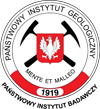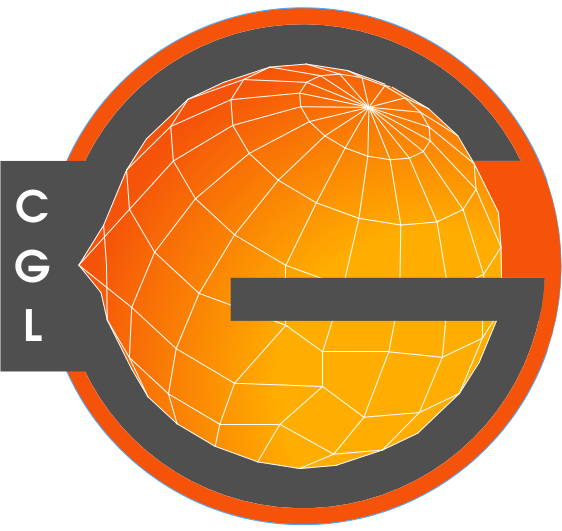Numerical and field studies of anisotropic rocks under large strain: applying micro-POLAR mechanics in structural geology
Project start date: 12.2021
Project end date: 12.2025
Founding: National Science Centre (NCN)
Crustal rocks are often layered, and such planar structures in rocks reflect the action of various geological processes like strata deposition in sedimentary basins. The layered structure of rocks often results in the directional dependence of their physical properties, which is described by the term anisotropy. Under elevated pressure and temperature conditions, rocks may deform like fluids, and the abundant tectonic structures testify to their long-term fluid-like behaviour. However, rocks are typified by solid-state deformation and persistent, albeit evolving, internal structures. Such underlying and evolving structures are characteristic of anisotropic fluids with memory. The anisotropy of rock viscosity has a non-trivial influence on the deformation processes, which in turn shape the internal rock structure. A typically non-linear and strongly variable rock viscosity favours mechanical instabilities that often lead to the development of localized deformation.
Panta rhei. Even rocks exhibit a fluid-like behaviour on the geological time scale. However, rock media are not everyday common fluids – they tend to be non-linear, often heterogeneous and prominently anisotropic, with good memory, but strong tendency to instabilities.
Numerical models of tectonic structures are often based on simplified rheological models of isotropic fluids. Mechanical modelling of anisotropic fluids with internal structure is a theoretical and numerical challenge, particularly for large strain deformations. In the POLARIS project, we will treat both theoretical and numerical models of large strain deformation of layered rock media. The resolved approach, in which discrete layers are explicitly present, is limited to models with coarse layering. The micro-polar mechanics is a competing, up-scaling approach, which incorporates the internal bending stiffness and the anisotropy effect due to layering. The intrinsic moments due to micro-polar formulation are built into the force equilibrium equations, and the local layer thickness and orientation are represented by continuous field rather than by discrete layer interfaces. Assessing the performance of the anisotropic micro-polar model of large strain viscous deformation of rock media is our main goal in the project. We will pay special attention to the cases of strongly variable layer thickness and orientation, and, in particular, we will systematically test deformation setups exhibiting mechanical instabilities and flow localization. To this end, we will perform a direct comparison between the resolved and micro-polar simulations for carefully selected key benchmark problems in structural geology.
The developed numerical models will be used to study the impact of anisotropy on structure development for both small- and large-scale problems. We will analyse important tectonic structures in shear zones and a rich family of deformation structures in multi-layer stacks. Selected examples of small-scale tectonic structures will be imaged using X-ray computed tomography. In the large scale, we will consider the role of anisotropy in the development of fold-and-thrust belts. Our numerical models will benefit from the results of the scheduled fieldwork campaigns in Austria, Czechia, Greece, Romania, and Poland. During our fieldwork, we will use modern imaging tools such as drone mapping and photogrammetric reconstructions. Large-scale structures will be also studied using seismic data, including examples from Poland. Our large scale modelling will be compared to the results of kinematic analysis of tectonic structures in fold-and-thrust belts. We anticipate that we will be able to demonstrate the important influence of rock mechanical anisotropy on tectonic structure development, and we will offer an improved and thoroughly tested mechanical model of anisotropic rock deformation. We believe that the models, tools, and codes developed in the POLARIS project should become the future golden standard in the structural geology, tectonics, and geodynamics communities.


